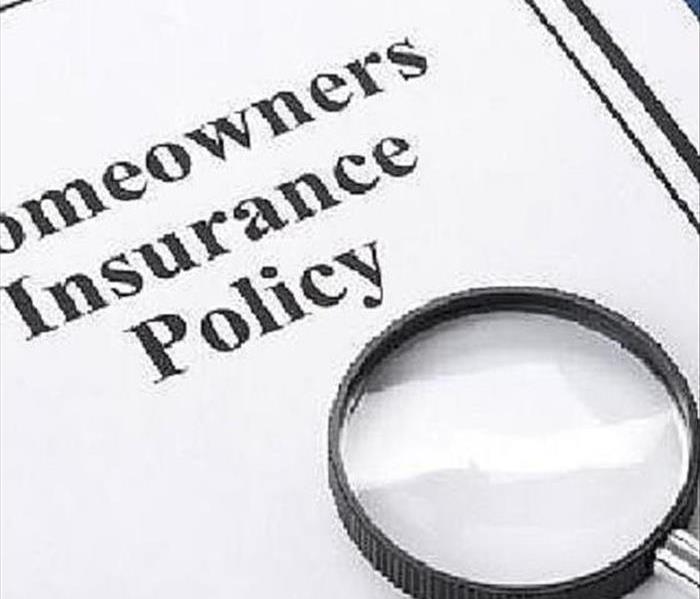Homeowner Insurance Rates: How Does Your State Compare?
1/22/2015 (Permalink)
Reprinted from PropertyCasualty360
NAIC 2012 annual homeowner insurance report shows it’s about location first.
The most important factor when buying real estate is location, and as you might expect, it’s a significant factor in establishing rates for homeowners insurance as well. What is the average premium for a house worth $300,000 in Georgia compared to one in neighboring Alabama or Florida? What’s the average nationwide?
Panelists at the Property/Casualty Insurance Joint Industry Forum 2015 on Jan. 13 acknowledged downward pressure on rates, especially for homeowner policies because they aren’t seeing much growth in new home sales. With that trend in mind, if you’re pricing policies and renewals in different locations, it’s helpful to know what the most recent data on the cost of homeowner policies shows.
The National Association of Insurance Commissioners (NAIC) released its 2012 Homeowners Insurance Report on Jan. 20, providing detailed data on market distribution and the average cost by policy form and insurance amount of homeowners insurance across the U.S. The report provides countrywide and state-specific premium and exposure information for standard noncommercial dwelling fire insurance and for homeowner insurance package policies (HO-1, HO-2, HO-3, HO-5 and HO-8), tenant policy HO-4, and condominium/cooperative unit owner’s policy HO-6.
The 2012 report includes some interesting statistics:
Here are several key factors affecting the cost of insurance that also were identified in the report.
These factors as well as others listed in the report can result in wide variations in premiums, not only by region or state, but on local levels as well. It pays to shop around, and consult your agent or broker for the best policy for your location.




 24/7 Emergency Service
24/7 Emergency Service
